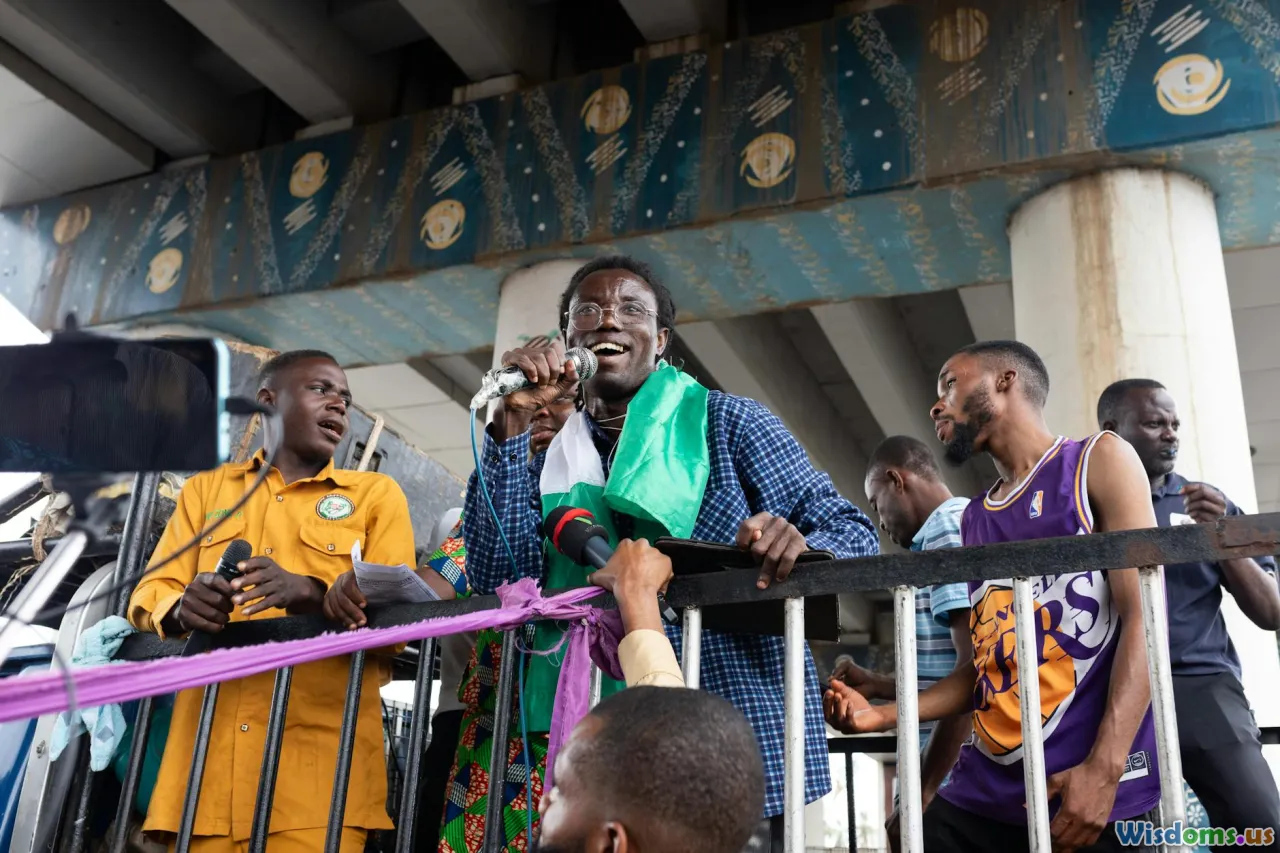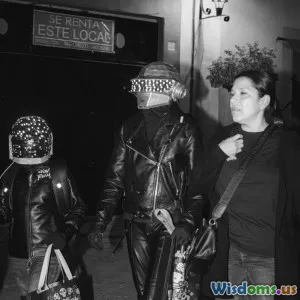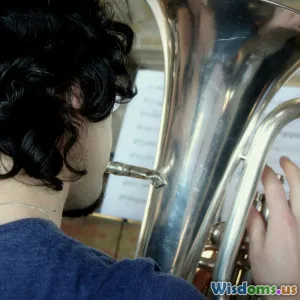
How Latin American Protest Music Amplifies Voices of the Marginalized
9 min read Explore how Latin American protest music gives voice to marginalized communities through powerful storytelling and cultural resilience. (0 Reviews)
How Latin American Protest Music Amplifies Voices of the Marginalized
Latin American protest music is more than just sound; it is a deeply entrenched form of resistance and affirmation for marginalized communities throughout the region. Conceived amid dictatorships, social inequality, and cultural suppression, this musical tradition has amplified the struggles and hopes of people often excluded from mainstream narratives. It has empowered indigenous groups, Afro-Latin communities, workers, and political dissidents to reclaim their identity and voice.
In this article, we will journey through the historical context of Latin American protest music, highlight seminal figures and songs, analyze its role in cultural politics, and explore its continuing legacy in contemporary movements.
Roots in Resistance: The Historical Bedrock of Latin American Protest Music
Protest music in Latin America is inseparable from its region's complex sociopolitical history. From the 1960s onward, countries such as Chile, Argentina, Mexico, and Brazil experienced harsh military dictatorships marked by censorship, repression, and human rights abuses. Against this backdrop, musicians emerged as vocal agents of change.
The "Nueva Canción" (New Song) movement especially underlined this era. Originating principally in Chile and Argentina, Nueva Canción combined folk traditions with socially conscious lyrics that spoke candidly about poverty, imperialism, and identity. Artists like Chilean Victor Jara not only sang of solidarity and resistance but also became martyrs—Jara was tortured and killed during the 1973 Chilean coup, his death immortalizing his message.
The blend of indigenous musical elements and contemporary messages articulated a unifying force for marginalized rural and urban populations alike. In Brazil, the Tropicália movement challenged authoritarianism and cultural conservatism, integrating rock, samba, and African rhythms to critique inequality.
These genres grew organically from grassroots communities, preserving language, oral history, and cultural practices under threat. For many oppressed groups, music was both therapy and a weapon.
Voices That Shaped a Movement: Key Figures and Their Contributions
Two of the most iconic voices in Latin American protest music are Víctor Jara (Chile) and Mercedes Sosa (Argentina). Their lives and careers illuminate how music can forge social consciousness.
-
Víctor Jara: Known for his poignant songwriting and evocative performance style, Jara personalized the struggles of Chile’s working-class and indigenous peoples. Songs like "Te Recuerdo Amanda" blend accessible melodies with narratives of love and labor. His arrest, torture, and assassination by the Pinochet regime galvanized international awareness of human rights in Chile.
-
Mercedes Sosa: Often called the “Voice of Latin America,” Sosa’s rich contralto and passionate interpretation turned her into a symbol of resistance across borders. Her rendition of "Gracias a la Vida," composed by Violeta Parra, became an anthem of gratitude and resilience. Sosa’s activism continued even in exile, inspiring solidarity across Latin American ex-pat communities.
Emerging alongside these legendary figures were countless others such as Atahualpa Yupanqui, whose poetry and guitar elevated indigenous perspectives, and Cecilia López, who combined political activism with artistic innovation.
Music as Cultural and Political Tool: Amplifying Marginalized Identities
Latin American protest music functions on multiple levels—cultural preservation, political protest, and community mobilization.
-
Preserving Indigenous and Afro-Latin Roots: Many songs incorporate traditional instruments like the charango, quena, and cajón. They also utilize native languages such as Quechua, Aymara, and Guarani. This reverence for heritage asserts identity in a region where colonial legacies often erased indigenous cultures. For example, Chilean group Inti-Illimani uses Andean instruments and themes to maintain ancestral memory with a modern social message.
-
Political Expression and Mobilization: Lyrics openly critique authoritarian governance, economic injustice, and social exclusion. The adoption of protest songs during marches, sit-ins, and strikes underscores their role as rallying cries. The song “Alfonsina y el mar,” adapted by many artists, evokes the metaphor of a woman lost to despair, resonant with themes of political repression and loss.
-
Feminist Perspectives: Recent decades have amplified the contributions of female protest singers, who address gender-based violence, discrimination, and social emancipation. Groups like Las Tesis from Chile have innovatively combined music, performance, and direct action (as seen in their viral chant “Un violador en tu camino”) to spotlight ongoing struggles.
Contemporary Impact: From Old Struggles to New Movements
Though historically associated with past regimes, Latin American protest music thrives today, adapting to contemporary challenges such as neoliberal policies, environmental crises, and social inequality.
-
Youth Movements and Digital Platforms: Modern artists integrate traditional protest elements with hip-hop, reggae, and rap, reaching younger audiences on social media. For example, Mexican rapper Cartel de Santa and Chilean hip-hop artist Ana Tijoux infuse their music with critiques of corruption and activism.
-
Environmental and Indigenous Rights: Countries like Peru and Brazil face intensified environmental conflicts, especially around the Amazon rainforest. Activists use music to increase visibility and urge international solidarity. Songs blending Quechua and Spanish emphasize the indigenous stewardship of the land.
-
Global Resonance: The universal themes of justice and identity resonate beyond Latin America. International collaborations, cross-cultural festivals, and translated songs help disseminate messages globally.
Conclusion: The Power of Protest Music to Elevate and Inspire Change
Latin American protest music has consistently served as a beacon for marginalized voices, shaping regional identities and histories through a unique blend of artistry and activism. It is a testimony that in times of adversity, music can be a formidable vehicle for cultural survival and political resistance.
From the tragic martyrdom of Víctor Jara to the viral global impact of Las Tesis, these songs offer more than melody—they offer stories that might otherwise be silenced. For readers and listeners, engaging with this music invites empathy and awareness, urging active solidarity with the voices lifted by sound.
As social divisions and injustices persist worldwide, the enduring legacy of Latin American protest music reminds us of the profound potential of art to stimulate change, inspire movements, and empower the marginalized.
References
- Fairley, Jan. “Nueva Canción: Latin America's Political Song Movement.” 2013.
- Krohn, Katherine. “Voices of the Shattered: Children and Protest in Postdictatorship Chile.” Latin American Music Review, 2017.
- Dammert, Lucía. “Singing against silence: The role of music in Latin American protests.” Musical Anthropology Journal, 2021.
- International Human Rights Watch Reports on Víctor Jara, 1973.
Rate the Post
User Reviews
Popular Posts

















